
How to Use Buzzer: Examples, Pinouts, and Specs
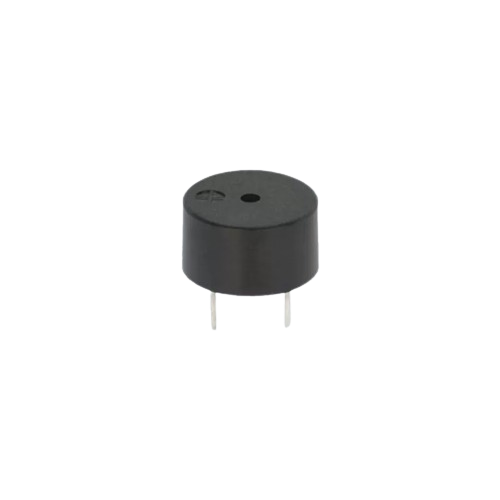
 Design with Buzzer in Cirkit Designer
Design with Buzzer in Cirkit DesignerIntroduction
A buzzer is an audio signaling device that produces sound when an electric current passes through it. It is widely used in various applications such as alarms, timers, and notifications. Buzzers are available in two main types: active and passive. Active buzzers generate sound when powered, while passive buzzers require an external signal to produce sound. Their compact size, low power consumption, and ease of use make them a popular choice in electronic projects.
Explore Projects Built with Buzzer
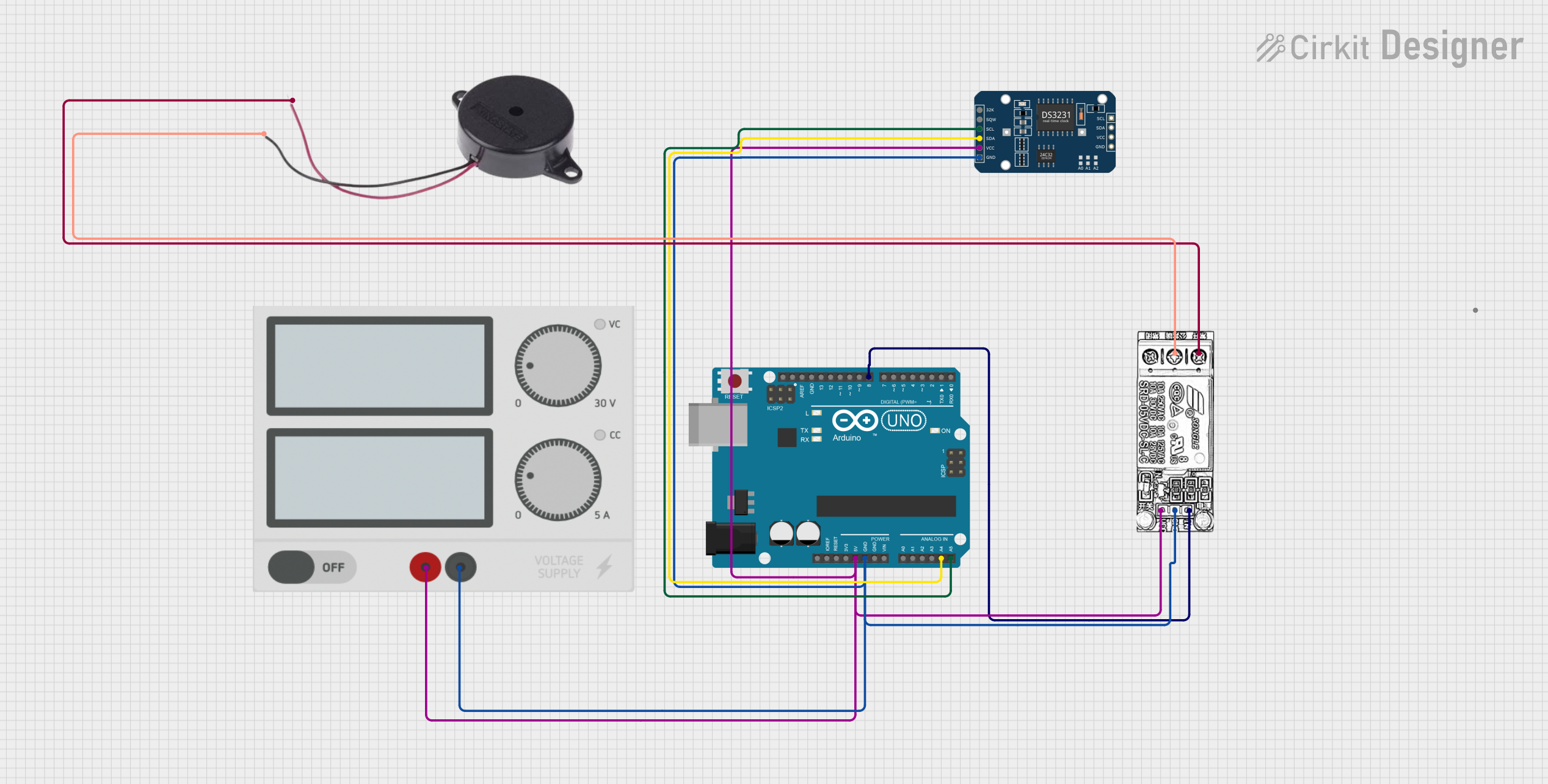
 Open Project in Cirkit Designer
Open Project in Cirkit Designer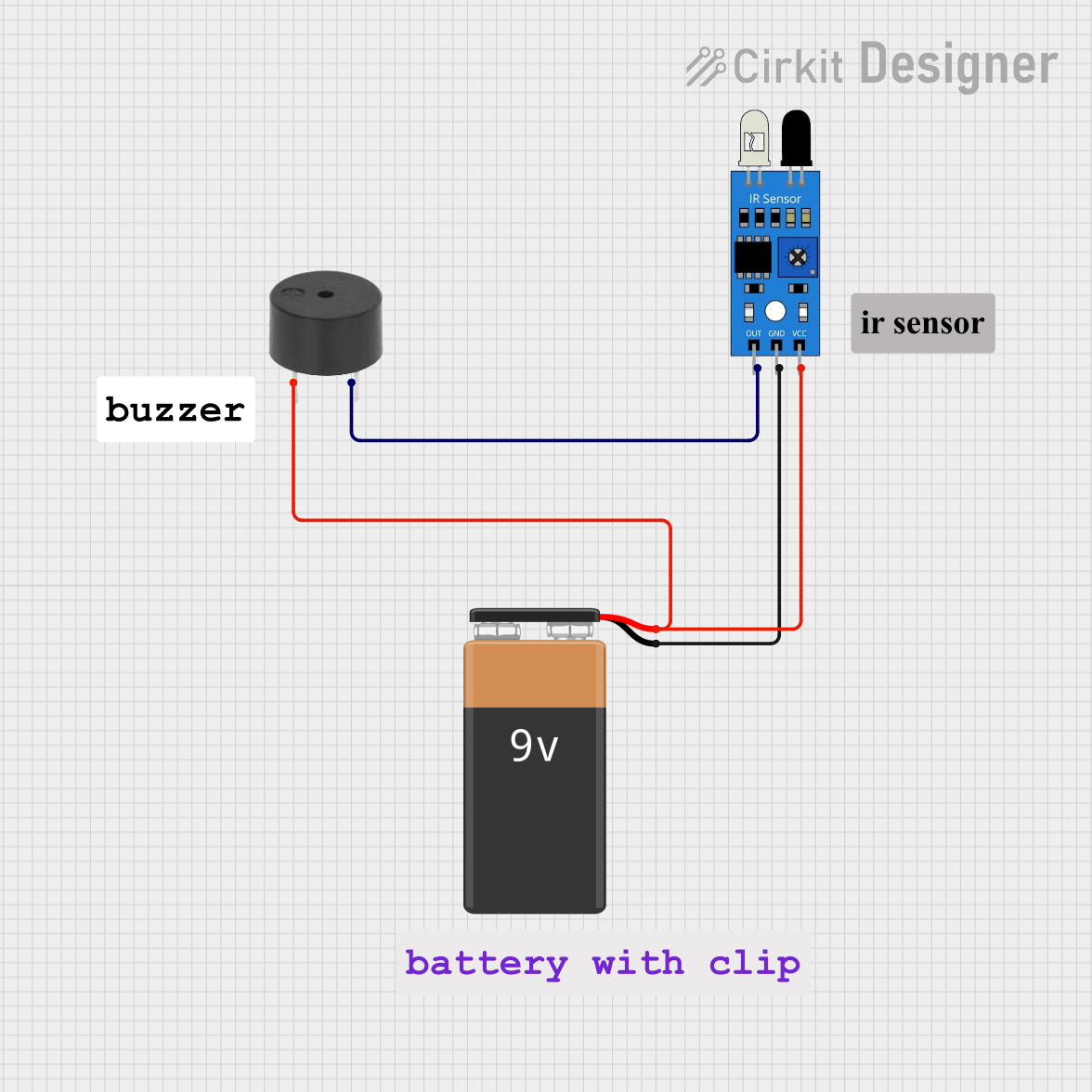
 Open Project in Cirkit Designer
Open Project in Cirkit Designer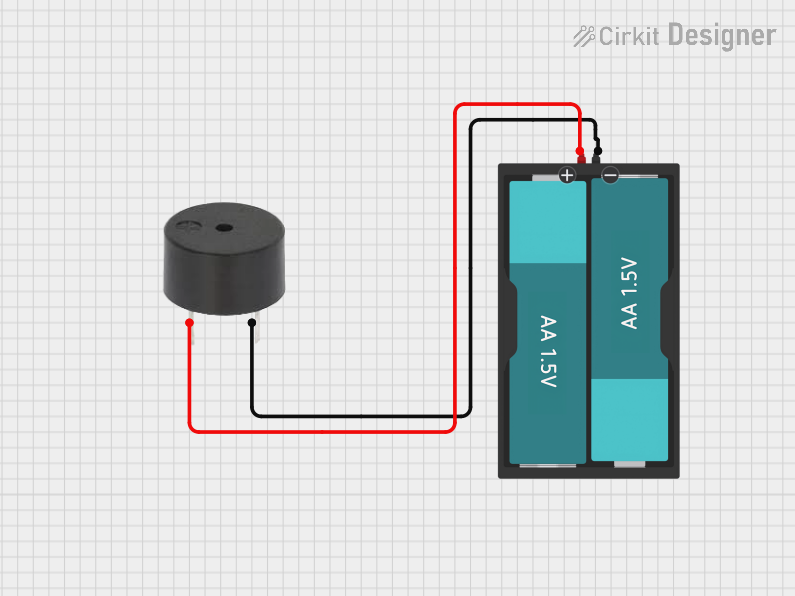
 Open Project in Cirkit Designer
Open Project in Cirkit Designer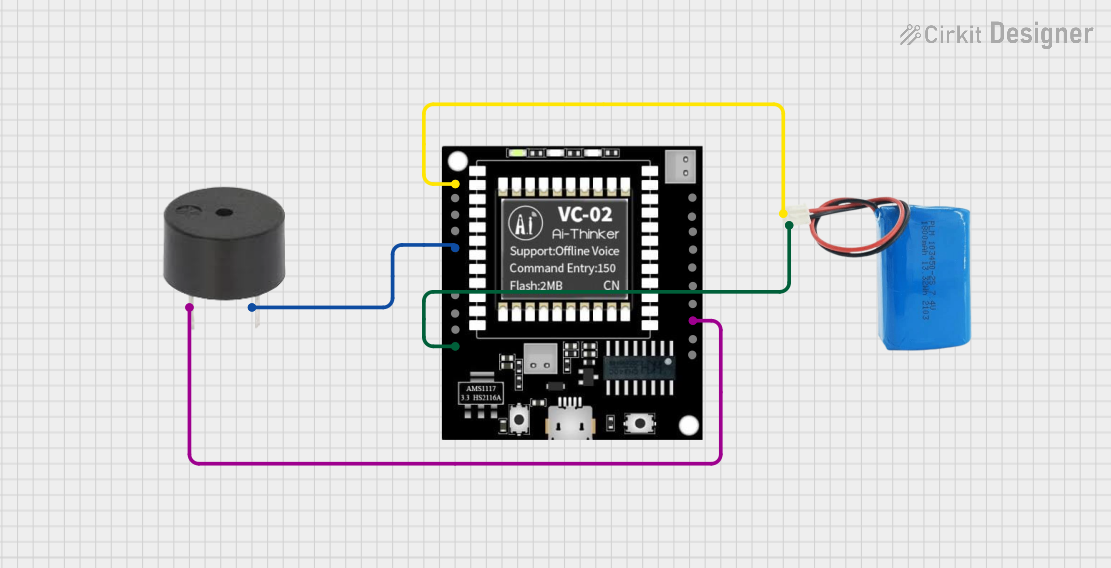
 Open Project in Cirkit Designer
Open Project in Cirkit DesignerExplore Projects Built with Buzzer

 Open Project in Cirkit Designer
Open Project in Cirkit Designer
 Open Project in Cirkit Designer
Open Project in Cirkit Designer
 Open Project in Cirkit Designer
Open Project in Cirkit Designer
 Open Project in Cirkit Designer
Open Project in Cirkit DesignerCommon Applications
- Alarm systems (e.g., burglar alarms, fire alarms)
- Timers and reminders
- Notification systems in appliances
- Feedback indicators in user interfaces
- Educational and DIY electronics projects
Technical Specifications
Below are the general technical specifications for a typical buzzer. Note that specific values may vary depending on the model and manufacturer.
| Parameter | Specification |
|---|---|
| Operating Voltage | 3V to 12V (commonly 5V) |
| Current Consumption | 10mA to 50mA |
| Sound Frequency | 2 kHz to 4 kHz |
| Sound Pressure Level | 85 dB to 100 dB (at 10 cm distance) |
| Operating Temperature | -20°C to +60°C |
| Dimensions | Varies (e.g., 12mm diameter for small buzzers) |
Pin Configuration
Buzzers typically have two pins:
| Pin | Description |
|---|---|
| Positive (+) | Connect to the positive terminal of the power supply or signal source. |
| Negative (-) | Connect to the ground (GND) of the circuit. |
For active buzzers, simply applying a DC voltage to the pins will produce sound. For passive buzzers, an oscillating signal (e.g., PWM) is required.
Usage Instructions
How to Use a Buzzer in a Circuit
- Identify the Type of Buzzer: Determine whether the buzzer is active or passive. Active buzzers are easier to use as they only require a DC voltage, while passive buzzers need a signal source.
- Connect the Pins:
- Connect the positive pin of the buzzer to the power supply or signal source.
- Connect the negative pin to the ground (GND) of the circuit.
- Power the Circuit: For active buzzers, apply the appropriate voltage to produce sound. For passive buzzers, use a microcontroller or signal generator to provide an oscillating signal.
Important Considerations
- Voltage Range: Ensure the operating voltage matches the buzzer's specifications to avoid damage.
- Current Limiting: Use a current-limiting resistor if necessary to prevent excessive current draw.
- Signal Frequency: For passive buzzers, the frequency of the input signal determines the pitch of the sound. A typical range is 2 kHz to 4 kHz.
- Polarity: Ensure correct polarity when connecting the buzzer to avoid malfunction.
Example: Connecting a Buzzer to an Arduino UNO
Below is an example of how to use a passive buzzer with an Arduino UNO to generate a tone.
// Example: Using a passive buzzer with Arduino UNO
// This code generates a 1 kHz tone on the buzzer for 1 second, then stops for 1 second.
#define BUZZER_PIN 8 // Define the pin connected to the buzzer
void setup() {
pinMode(BUZZER_PIN, OUTPUT); // Set the buzzer pin as an output
}
void loop() {
tone(BUZZER_PIN, 1000); // Generate a 1 kHz tone on the buzzer
delay(1000); // Wait for 1 second
noTone(BUZZER_PIN); // Stop the tone
delay(1000); // Wait for 1 second
}
Notes:
- Use the
tone()function for passive buzzers to generate sound at a specific frequency. - For active buzzers, simply use
digitalWrite(BUZZER_PIN, HIGH)to turn the buzzer on anddigitalWrite(BUZZER_PIN, LOW)to turn it off.
Troubleshooting and FAQs
Common Issues
No Sound from the Buzzer:
- Check the connections and ensure the buzzer is receiving the correct voltage.
- Verify the polarity of the buzzer connections.
- For passive buzzers, ensure the input signal is oscillating at an audible frequency.
Buzzer Produces Weak or Distorted Sound:
- Ensure the power supply provides sufficient current.
- Check for loose or poor connections in the circuit.
- Verify that the input signal frequency is within the buzzer's operating range.
Buzzer Overheats:
- Ensure the operating voltage does not exceed the buzzer's rated voltage.
- Use a current-limiting resistor if necessary.
FAQs
Q: Can I use a passive buzzer without a microcontroller?
A: Yes, you can use a signal generator or an oscillator circuit to drive a passive buzzer. However, a microcontroller like Arduino makes it easier to control the frequency and duration of the sound.
Q: How do I differentiate between an active and a passive buzzer?
A: Active buzzers typically have a built-in oscillator and produce sound when powered with DC voltage. Passive buzzers require an external signal and are usually smaller in size.
Q: Can I adjust the volume of the buzzer?
A: The volume of a buzzer is generally fixed. However, you can reduce the volume by lowering the supply voltage (within the operating range) or by using a resistor in series with the buzzer.
Q: What is the typical lifespan of a buzzer?
A: Buzzers are designed for long-term use and can last for thousands of hours under normal operating conditions. However, excessive voltage or current can reduce their lifespan.